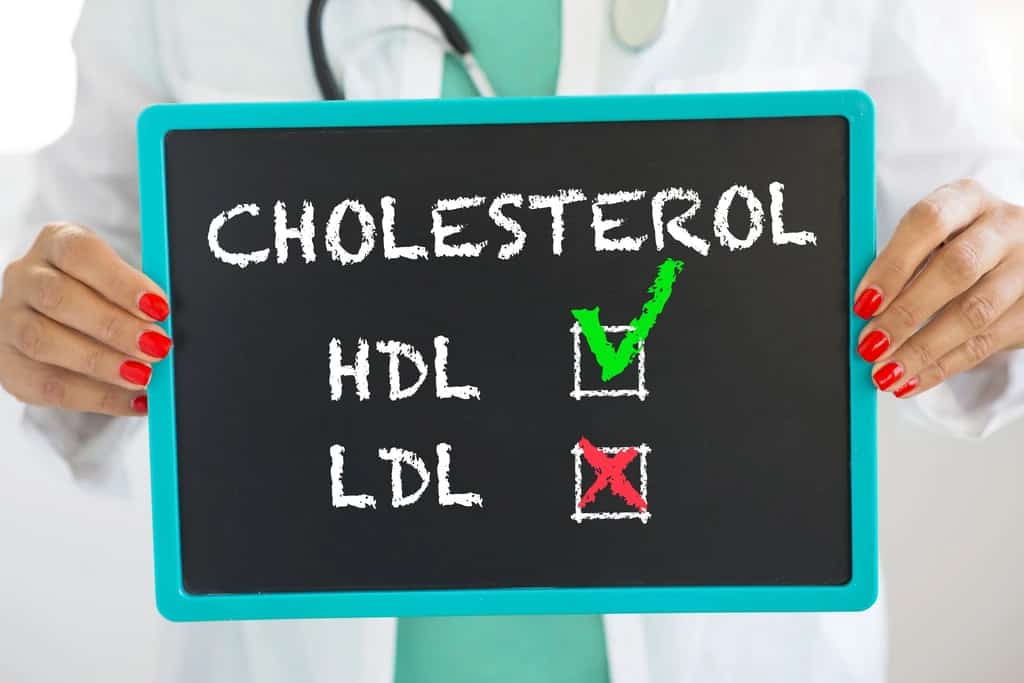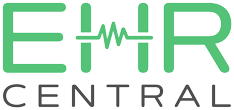Good Cholesterol, Bad Cholesterol and Triglycerides
LDL or “Bad” cholesterol contributes to fatty buildup in the arteries, which increases the risk of heart disease, stroke and peripheral artery disease. HDL or high-density lipoprotein is the “good” cholesterol as it helps remove bad cholesterol.

High cholesterol has been linked to increase the risk of the heart disease, which is the leading cause of CV death in the U.S. There are more 95 million people with high cholesterol, and it is considered as one of the most common chronic conditions in the U.S.
Cholesterol is a fat-like waxy substance made in the liver to protect nerves, make cell membranes and certain hormones. It is also found in foods like eggs, dairy products, red-meat and shellfish.
Cholesterol: The “good” and the “bad”
There are two types of lipoproteins that carry cholesterol in the bloodstream, LDL (low-density lipoprotein) and HDL (high-density lipoprotein).
LDL is the type of fat in the blood that contains the most cholesterol. It is considered “bad” cholesterol because it contributes to fatty buildup in the arteries (atherosclerosis), which increases the risk for heart disease, stroke and peripheral artery disease.
HDL or high-density lipoprotein is the “good” type of cholesterol because it helps remove bad cholesterol from the body. HDL keeps plaque from building up in the arteries. High levels of HDL lower the risk of cardiovascular disease.
Triglycerides are the fats in the blood that is stored from excess energy (calories) from the diet. High triglycerides levels with high LDL cholesterol is linked with significant risk for heart disease.
Consult a nutritionist for expert advice
Risk Factors
High cholesterol can be caused by many factors such as genetics, age, lifestyle and other conditions. Some people are predisposed to high cholesterol due to genetics, that is it runs in the family. Men over the age of 35 years and women over 45 years are at higher risk for developing high cholesterol. Pre-existing conditions such as diabetes and high blood pressure may also contribute to increase cholesterol levels.
Lifestyle plays a major role in increasing the risk for developing high cholesterol. These risk factors are modifiable:
- Diet that is high in saturated (animal products, butter, cheese) and trans-fat (processed food, fried and baked foods), cholesterol, sugar and sodium.
- Smoking causes narrowing of blood vessels and lowers the HDL levels.
- Lack of physical activity and obesity raise blood cholesterol and triglycerides and lowers HDL levels.
- Headaches associated with weakness on facial muscles or body weakness.
Know your numbers
A blood test is usually ordered by the provider called lipid panel or lipid profile to check the cholesterol levels. For most accurate results it is recommended to not eat or drink anything other than water for 10-12 hours prior to blood sample being taken. A cholesterol reading consists of the four numbers and the following is the recommended levels for each:
- Total cholesterol: <200 mg/dL
- HDL: >50 mg/dL
- LDL: <70-130 mg/dL
- Triglycerides: <150 mg/dL
*Total Cholesterol is all the cholesterol in the blood.
Management of High Cholesterol
- Healthy diet. Avoid foods that are high in cholesterol, fat, sugar and sodium. Eat plenty of fruits and vegetables, lean protein, whole grains and fish.
- Exercise on regular basis and maintain a healthy weight. It is recommended to get at least 30 mins of aerobic exercises such as brisk walking five times a week.
- Quit smoking to reduce the risk of getting a heart attack or stroke.
Medications
- Statins such as atorvastatin and simvastatin. Statins blocks an enzyme called HMG CoA Reductase that the liver uses to make cholesterol. They also help reduce blood cholesterol and prevent atherosclerosis, or heart disease.
- Bile-acid-binding resins such as cholestyramine and colestipol. These medications work indirectly by binding to bile acids which prompts the liver to use excess cholesterol to make more bile acids which are needed for digestion, thus reducing the cholesterol in the blood.
- Cholesterol absorption inhibitors such as ezetimibe is used help reduce cholesterol by limiting the absorption of dietary cholesterol in the small intestines and releasing it in the bloodstream.
- Injectable medications known as PCSK9 inhibitors such alirocumab and evolocumab can be used for people with genetic conditions and intolerance to statins or other classes of cholesterol reducing medications.
- Fibrates, Niacin and Omega-3 fatty acid supplements are used to lower the high triglyceride levels.
Some people may not be able to tolerate certain medications. The common side effects of statins are muscle aches, reversible memory loss, confusion and elevated blood sugar levels. It is recommended to get your cholesterol levels checked at least annually.
Get a prescription from a specialist
Changing old habits and making a commitment to a lifestyle change can be hard. It is important to take simple small steps to manage your high cholesterol to live a healthier and longer life. It is important to keep your appointments with your physician and discuss your plans to keep your cholesterol levels under control.
Edited by: Juma Bharadia





